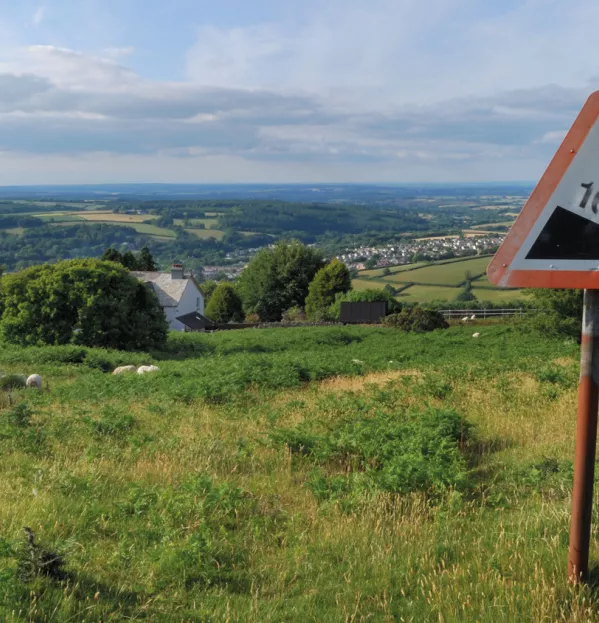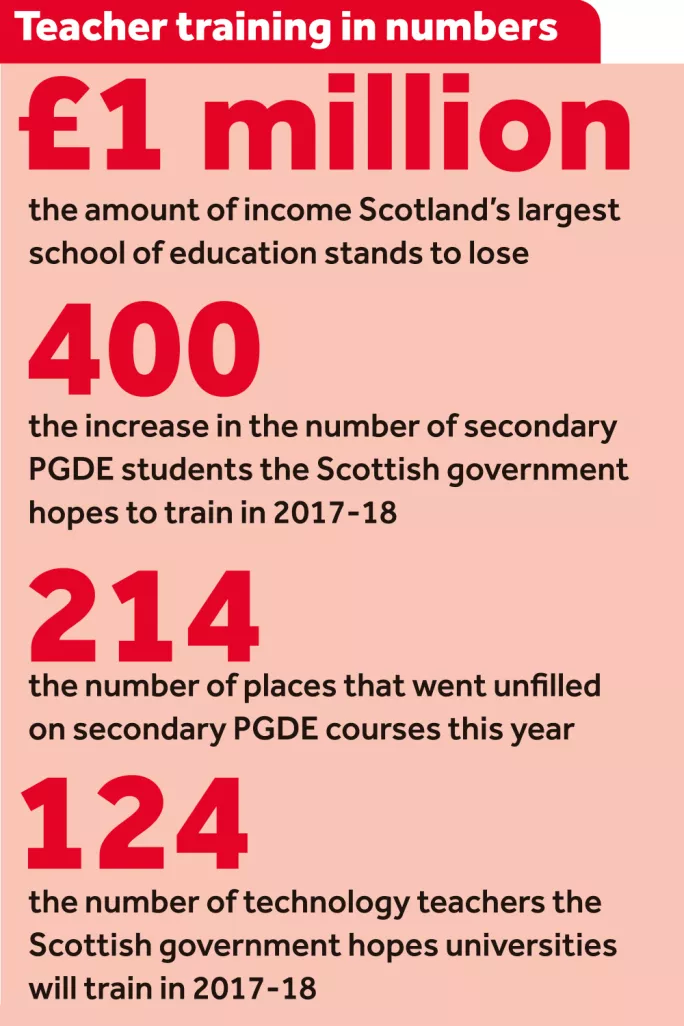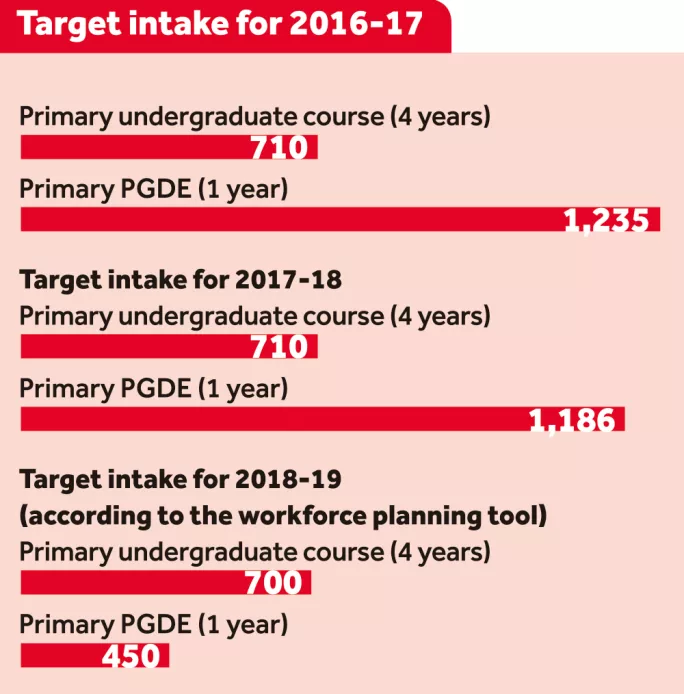
Primary teaching student numbers set to ‘collapse’

The numbers of students trained through the main route into primary teaching is set to more than halve in 2018-19, early government projections reveal.
Universities have warned that the sharp drop in postgraduate training represents “a massive loss of income” - potentially amounting to more than £1 million at one institution - and could adversely affect teaching courses.
The move also comes as Scottish councils continue to report they are having difficulty securing primary teachers. But the Scottish government says reducing the number of primary teachers trained through the one-year postgraduate route - the Professional Graduate Diploma in Education (PGDE) - may be necessary due to the pupil roll “stabilising”.
The number of primary PGDE students is therefore set to drop from 1,186 in 2017-18 to 450 the following year.
A Scottish government spokesman stressed that the figures were “a starting point for discussions” rather than final targets.
‘Wild fluctuations’
Donald Gillies, head of the school of education at the University of the West of Scotland, said such “wild fluctuations” in student numbers encouraged universities to look to part-time, short-term lecturer contracts which was “not what teacher education needs, not what professionals should face and certainly not what students should experience”.
UWS is training 142 teachers on the primary PGDE from September, but its staff fear the number may have to drop to around 70 in 2018-19 if the cut goes ahead.
Professor Gillies called for urgent clarity, pointing out that universities would begin recruiting students in December.
He said: “If [the drop is] pro rata across the entire country, that will be a massive loss of income for us - you’re talking about nearly half a million pounds.
“It causes uncertainty around how on Earth you are going to balance the books when the numbers collapse like that. We have set up an action group here to see what we can do about it.”
Teacher education institutions have criticised the spikes and downturns in student teacher numbers in the past. In response to the new figures, the University of Edinburgh told Tes Scotland that it would like to move away from the current system, which sees targets change every year, towards setting three-year periods.
A spokesman for the University of Edinburgh said: “Longer-term planning would enable the schools of education to better work together to plan for fluctuations in numbers and needs across Scotland.”
This year the Scottish government made much of the increase in the total number of teachers being trained, saying Scotland needed to have “the right number of skilled teachers in our schools”.
Projections for the coming academic year - from the same statistical modelling tool - originally showed that 1,000 primary teachers were due to be trained through the one-year postgraduate route. That number ultimately rose to 1,186 after lobbying from heads, unions and universities.
Professor David Kirk, head of the University of Strathclyde’s School of Education, said the government would be less open to persuasion for the 2018-19 intake because it considered that enough capacity had been built.
Professor Kirk said the university would train 294 students on the one-year primary PGDE in the coming year and stands to lose more than £1m if the cut in 2018-19 is borne equally across the country.
“There will be hardship - there’s no question about that,” said Professor Kirk. But he added that the university’s use of seconded teachers - as well as permanent staff - to deliver teacher education courses meant that it was better placed to respond to peaks and troughs in student numbers.
Some of the lost income from the primary PGDE would be offset by the increase in the number of secondary teachers the government planned to train, he said - providing universities could fill the additional places.
The current projections would see the four-year undergraduate teaching course overtake the postgraduate route to become the main way into primary teaching.
Unfilled places
Tes Scotland recently revealed that uptake this academic year on the most popular route into secondary teaching - the one-year postgraduate PGDE - was 16 per cent below target, with 214 out of 1,350 places going unfilled after adjusting for over-recruitment to subjects such as history and geography.
Experts are already asking whether the target to train 124 technological education teachers in 2017-18 is achievable; this academic year, the target was 86, but 39 places went unfilled.
Councils across Scotland are still struggling to fill vacancies in primary and secondary, said John Stodter, general secretary of directors association ADES.
Mr Stodter said he was optimistic that numbers on the primary PGDE would rise in 2018-19 if it proved necessary nearer the time.
Meanwhile, Maureen McKenna, Glasgow’s education director, said she expected demand for primary school staff to increase - not decrease - thanks to the money flowing into the system from government to close the poverty-related attainment gap. She said: “The pupil equity fund has seen £120m flow into schools; any schools with a decent share of that will want to buy teachers.”
A Scottish government spokesman said: “These are statistics from the teacher workforce planning tool, which are used as a starting point for discussions with the Teacher Workforce Planning Advisory Group when agreeing required teacher training numbers.
“This group will also consider other factors such as the teacher census, local demand, the number of teachers leaving or returning to the profession and the number of students not completing their course before final decisions are taken on intake numbers.”


You need a Tes subscription to read this article
Subscribe now to read this article and get other subscriber-only content:
- Unlimited access to all Tes magazine content
- Exclusive subscriber-only stories
- Award-winning email newsletters
- Unlimited access to all Tes magazine content
- Exclusive subscriber-only stories
- Award-winning email newsletters
You need a subscription to read this article
Subscribe now to read this article and get other subscriber-only content, including:
- Unlimited access to all Tes magazine content
- Exclusive subscriber-only stories
- Award-winning email newsletters
- Unlimited access to all Tes magazine content
- Exclusive subscriber-only stories
- Award-winning email newsletters